Succulents are gorgeous plants that everybody loves, but let’s not forget about the importance of the pots they sit in! With so many options out there, it can be hard to choose the perfect pot for your succulent. So, what should you look for when choosing the perfect pot for your succulent? Here are six important criteria to keep in mind:
Table of Contents
1. Drainage
Drainage is crucial when it comes to growing healthy succulents, as they don’t require much water and are susceptible to root rot. Therefore, it’s essential that your succulent pot has a drainage hole, especially if you’re new to indoor gardening.
However, some experienced gardeners may pick a planter without drainage holes, as long as they can ensure their succulents receive the perfect amount of water and are not sitting in wet soil.
2. Material
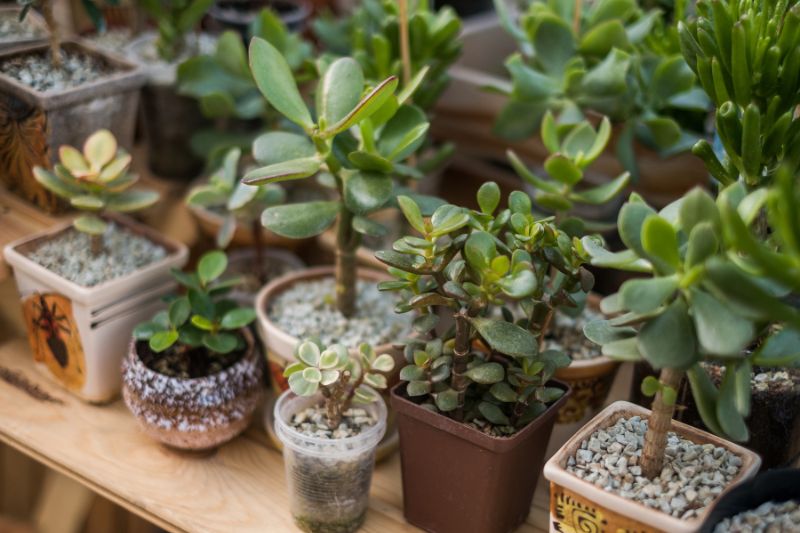
When it comes to materials for succulent pots, there are a few options available. Ceramic and terracotta pots are popular choices, as they offer good breathability, but it really depends on your style and budget. Here are the pros and cons of some of the most common materials:
Ceramic
Ceramic is a breathable material that encourages water drainage and air circulation. However, these pots are fragile and can be heavy, especially when filled with soil. If you have pets that might mess with your plants, ceramic pots might not be the best option for you.
Terracotta
Terracotta is also a breathable material, but it’s also fragile and heavy, particularly for larger pots. They can be a little pricey too, but if that’s not an issue for you, your succulents will thank you for the luxurious environment.
Plastic
Pots made from plastic are a popular choice as they are not as heavy or fragile as terracotta or ceramic pots. The downside is that plastic is not breathable, so it can take a little longer for the water to evaporate from the soil. However, if you’re careful with your watering, this shouldn’t be a problem.
Glass
Glass pots are elegant and creative but can be quite fragile and are not breathable, so they are not the best option for succulents. Regardless, if you’re on a budget, repurposing old glass bottles or containers to make stunning succulent pots is not necessarily a bad idea. Just make sure to add drainage holes at the bottom.
Metal
Metal pots tend to heat up and can rust, which is not ideal for your succulents. Still, if it’s the only option available to you, it will do the job.
Wood
Wooden planters have a unique appeal and are great for outdoor succulents. The issue here is that wood retains water, so it’s best to place them in a sunny spot. They can also rot easily, so using redwood or cedar is a great option, as they naturally resist rot and bug infestations.
3. Size
When it comes to choosing the right size of pot, make sure it’s slightly bigger than your succulent, leaving about 0.5 to 1 inch of space between the leaves and the pot’s edges. A pot that’s too big will slow down the growing process, while a pot that’s too small will prevent the roots from spreading.
4. Shape
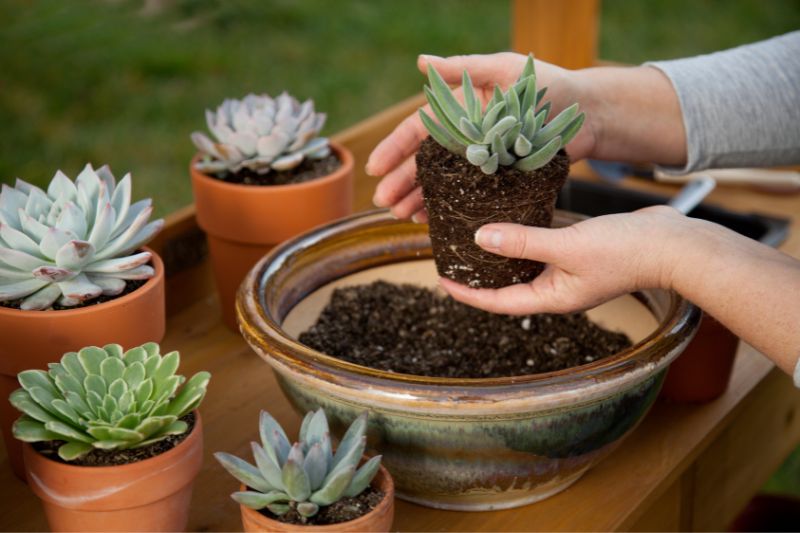
The shape of a succulent pot is another aspect to take into consideration when selecting one for your plant. Some common shapes include round, square, rectangular, and cylindrical. Each shape has its own advantages and disadvantages.
- Round pots are great for small succulents and can be placed in groups for an attractive display.
- Square pots are ideal for larger plants and can be placed on shelves or in tight spaces.
- Rectangular pots are perfect for long, trailing succulents and can be placed on windowsills or in small nooks.
- Cylindrical pots are unique and can add interest to any display, but they may not be the best option for plants that require more soil.
5. Placement
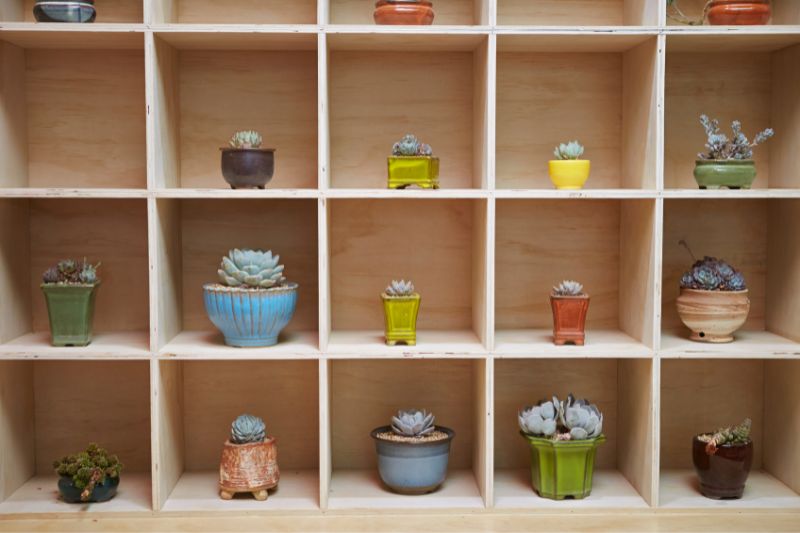
Before buying a new pot for your succulent, you should also consider where you plan to place it. If the pot will be placed in a location with low light, you may want to choose a pot with a lighter color to reflect more light onto the plant. If the pot will be placed in a location with bright light, you may want to choose a pot with a darker color to absorb more heat and protect the roots from getting too hot.
Also, if you plan to place the pot in a small, compact space, you may want to choose a smaller pot to fit the space. On the other hand, if you have a larger area where you plan to place the pot, you may want to choose a larger pot to provide more room for the plant to grow.
In a nutshell, the placement of the pot will affect the health and growth of the succulent, so it is important to choose a pot that is suitable for the location where it will be placed.
6. Aesthetics
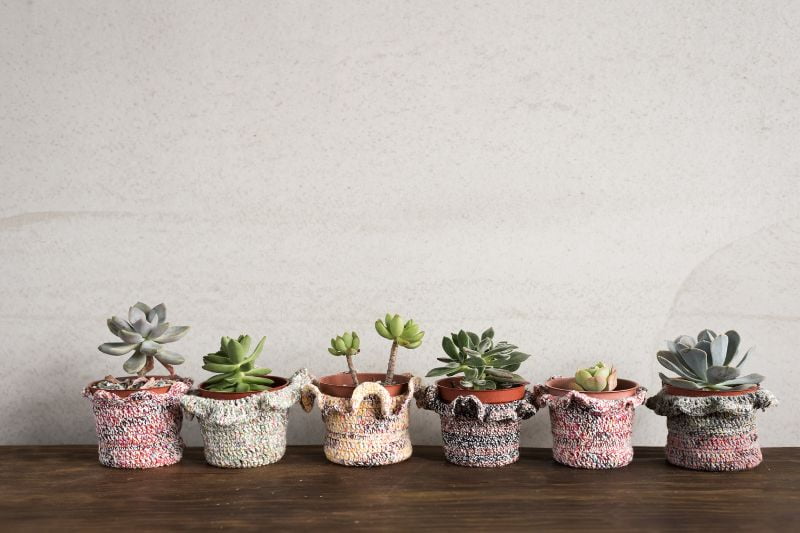
This part is based on your personal style and preferences, so there’s no right or wrong. If you want a certain pot, then get it. However, it’s best to consider factors such as color, texture, and design when choosing it:
- Color: Choose a pot color that complements the colors of your plant and the surrounding decor.
- Texture: Can also add interest to a display. Choose a pot with a smooth, glossy finish for a modern look, or a pot with a textured, matte finish for a more natural look.
- Design: Consider the overall design of the pot, including its shape, pattern, and material.
Conclusion
Choosing the best pot for your succulent is an important decision that can affect the health and growth of your plant. Before buying a new one, it is crucial to consider factors such as the location where it will be placed, the size of the pot, and its material. By selecting a pot that is suitable for the specific needs of your succulent, you can ensure that it will thrive and flourish for years to come. With these simple tips, you can make an informed decision and choose the best home for your beloved succulent.

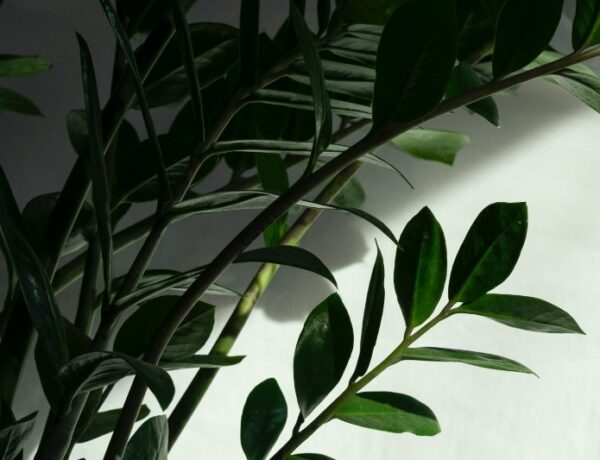
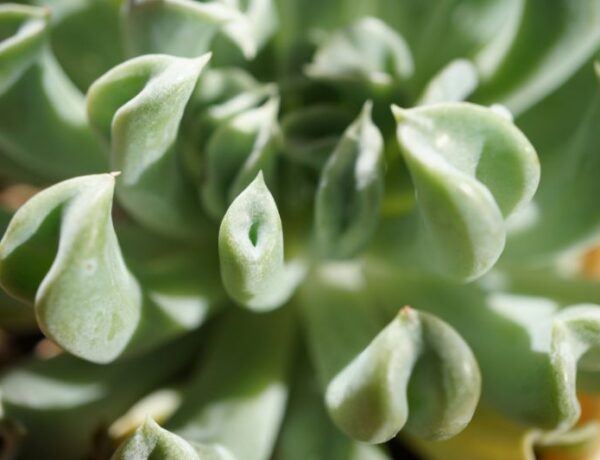
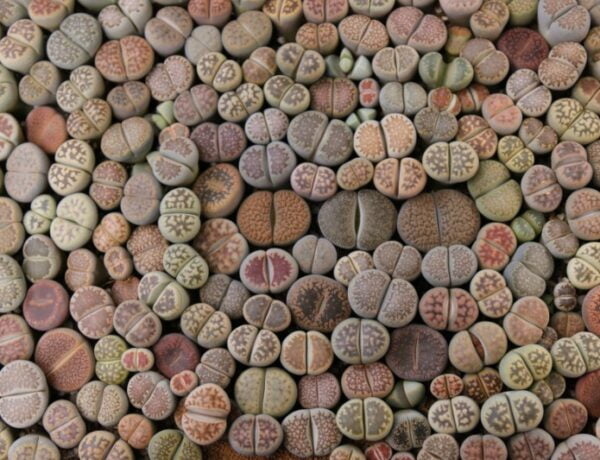


No Comments